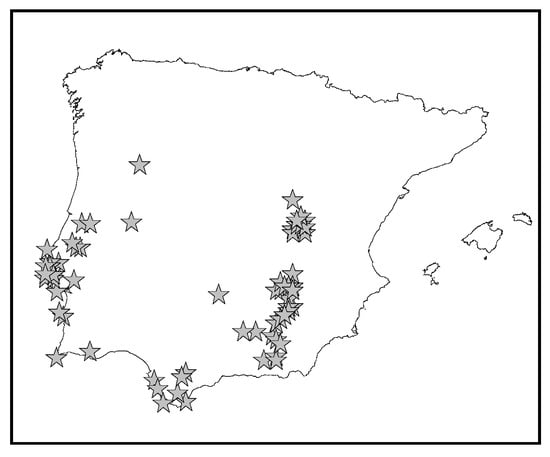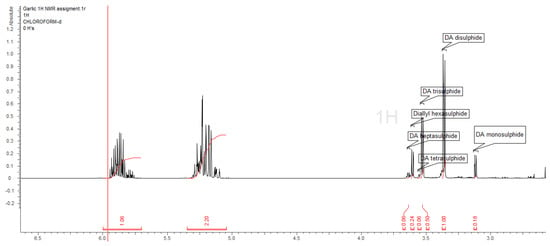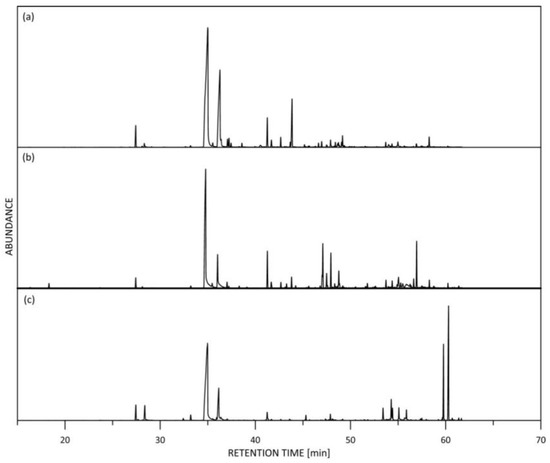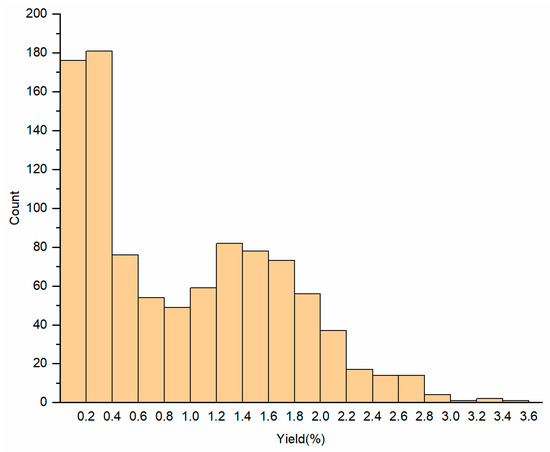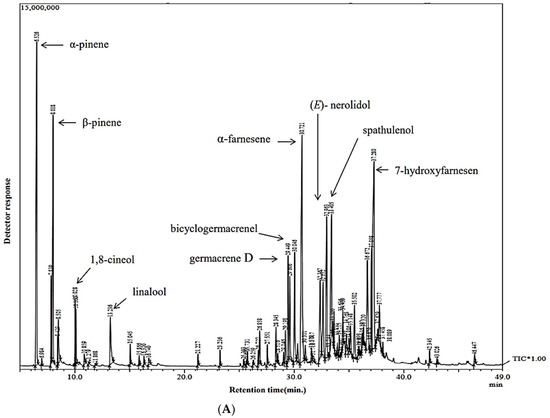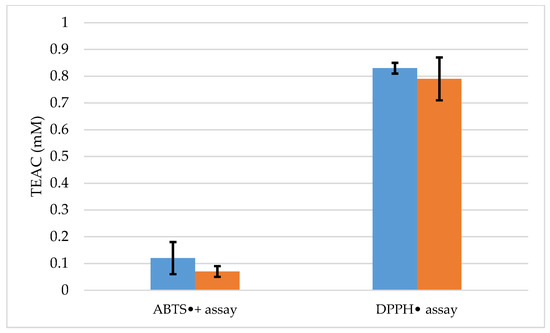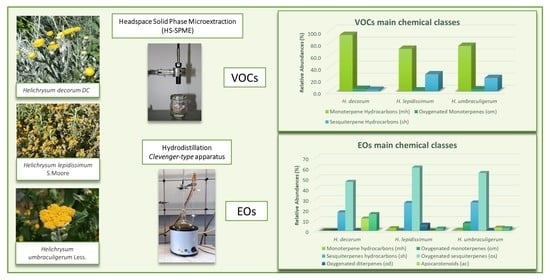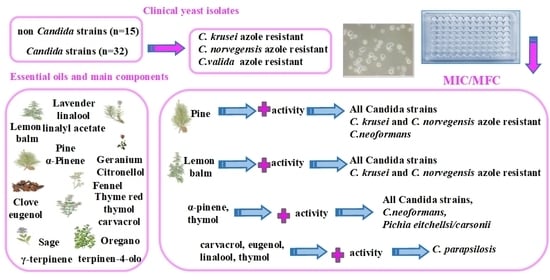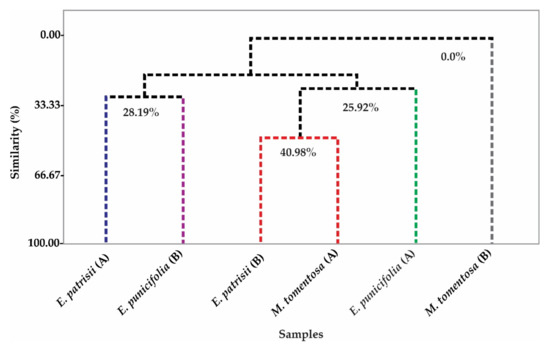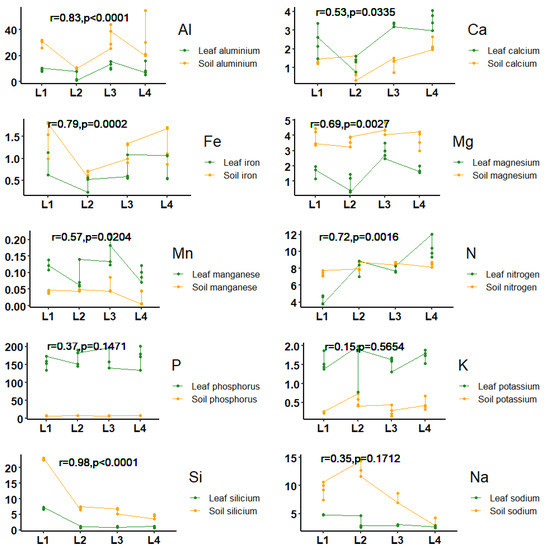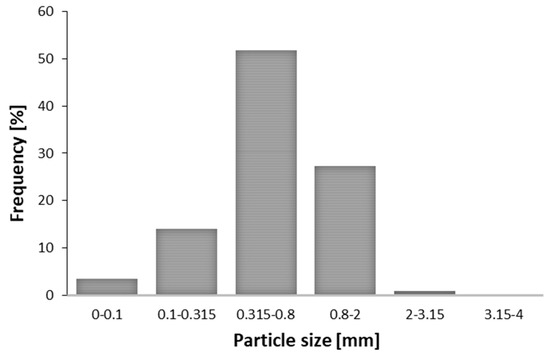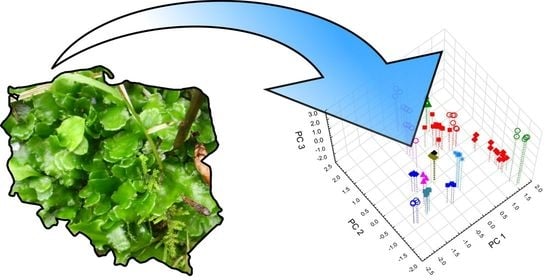Essential Oils
A topical collection in Molecules (ISSN 1420-3049). This collection belongs to the section "Flavours and Fragrances".
Viewed by 41881Editors
Interests: food flavors—formation and analytical aspects; extraction techniques in flavor analysis; gas chromatography–mass spectrometry in aroma research; electronic noses; food volatiles for authenticity testing; microbial volatiles; off-flavors
Special Issues, Collections and Topics in MDPI journals
Interests: essential oil; biotransformation; volatile compounds; organic synthesis; GC-MS analysis; NMR analysis; herbs; drying; pheromones; deeding deterrent
Special Issues, Collections and Topics in MDPI journals
Topical Collection Information
Dear Colleagues,
Aromatic plants and the essential oils derived from them play an important role in many aspects of our life, including cuisine, food technology, aromatherapy, and the F&F industry to name but a few. This Topical Collection of the journal Molecules will bring together research from this field.
Papers addressing, but not limited to, the following topics are welcome:
- The analytical aspects of essential oils;
- Biogeneration and biotechnology;
- Chemotaxonomy;
- The nonflavour-related activities of essential oils and their constituents.
Manuscripts will be reviewed by specialists in the field of essential oil research.
Prof. Dr. Henryk H. Jeleń
Prof. Dr. Antoni Szumny
Collection Editors
Manuscript Submission Information
Manuscripts should be submitted online at www.mdpi.com by registering and logging in to this website. Once you are registered, click here to go to the submission form. Manuscripts can be submitted until the deadline. All submissions that pass pre-check are peer-reviewed. Accepted papers will be published continuously in the journal (as soon as accepted) and will be listed together on the collection website. Research articles, review articles as well as short communications are invited. For planned papers, a title and short abstract (about 100 words) can be sent to the Editorial Office for announcement on this website.
Submitted manuscripts should not have been published previously, nor be under consideration for publication elsewhere (except conference proceedings papers). All manuscripts are thoroughly refereed through a single-blind peer-review process. A guide for authors and other relevant information for submission of manuscripts is available on the Instructions for Authors page. Molecules is an international peer-reviewed open access semimonthly journal published by MDPI.
Please visit the Instructions for Authors page before submitting a manuscript. The Article Processing Charge (APC) for publication in this open access journal is 2700 CHF (Swiss Francs). Submitted papers should be well formatted and use good English. Authors may use MDPI's English editing service prior to publication or during author revisions.







